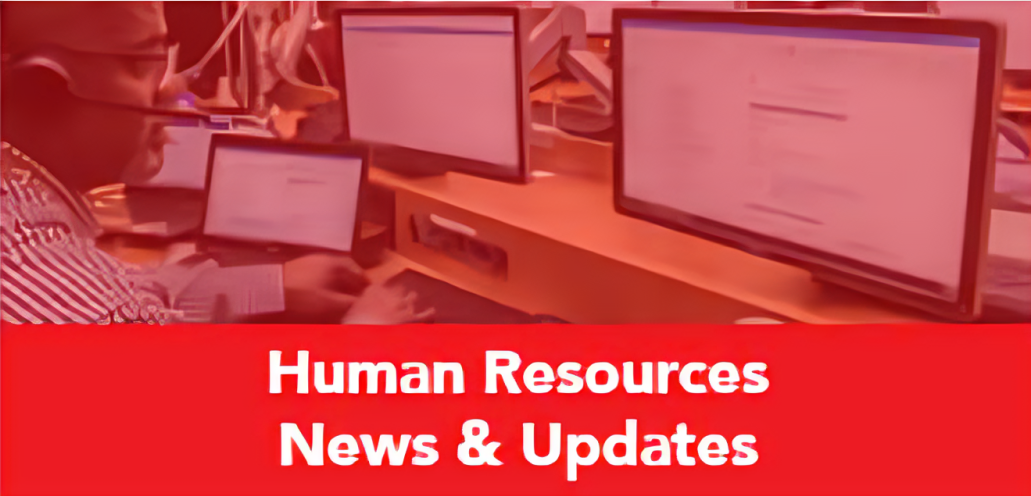Why does HR Insist you “Document it”?
FIRST THINGS FIRST
In Human Resources, one of the first things I tell Supervisors and Managers is to document. Document the good, the bad, and the ugly when dealing with your employees. Whether you think it’s a trivial detail or may hold no importance at the time—you should still note it.
Does this mean every interaction requires a full thesis on the experience with the employee? No. Does it even mean it needs to be a paragraph long with full sentence structure? Nope, it does not. When we say ‘document,’ it simply means making a note of what occurred and ensuring you’ll be able to understand your notes when you need them.
Most days, the workday is pretty straightforward: people do their jobs, projects get completed, products get produced, and the day is good. But we all have those moments where an employee does something that makes them stand out—whether it’s going the extra mile, finding a fix to a hard job, or doing something that could cause concern. When you take the time to document these things, you can typically identify patterns of behavior. This allows you to get involved in a situation before it escalates or quickly identify a strong employee who can be promoted or trained to learn new things and further their career.
Documenting the Bad
When dealing with an employee who isn’t performing to standard in one way or another, make sure you take note of it. Don’t rely only on official written memos or warnings. Before it gets to that step, some sort of conversation and notation should have taken place. Again, it doesn’t have to be a long process.
For example, if you notice an employee is consistently late for work, take time for a quick meeting—no more than 5-10 minutes. Let them know you’ve noticed they’ve been coming in late, and remind them of their expected start time and the expectation going forward. When you get back to your office, write down what occurred in a notebook or a secure document file. The interaction can be something like: ‘Date: Met with [Name], reminded them of expectations around the schedule.’
From this point, you start to build a case to see if they’re late on certain days of the week (implying outside issues) or if they’re habitually late, or maybe they just needed that reminder. The same would be true for employees who aren’t meeting quotas or producing materials as expected. Start with a very informal conversation and recap. The goal is to identify, document, and address the issues before they escalate.
Documenting the Good
Employees want to know how they’re doing. Often, we only let them know during reviews or when something goes wrong. However, whenever you have staff who consistently stand out, exceed expectations, or provide support or relief to others, this should be noted. Make note of employees taking extra shifts, helping others, or coming up with ideas.
As with documenting the bad, bring your employee into your office or aside for a quick conversation. Let them know you’ve noticed their work and efforts and that you want to thank them. Give them clear examples of what they’re doing that makes them stand out—generic feedback is worse than no feedback at all (in this author’s opinion). Once you’ve had that conversation, make a note of it in your files.
Documenting the Ugly
What do I mean by ‘document the ugly’? I’m referring to clear company violations, serious issues, or mishaps—anything that could cause a safety, health, financial, or legal issue needs to be documented quickly. These conversations with employees should be more formal, and the documentation should usually be a proper written memo, disciplinary action form, or whatever is unique to your company.
These types of documentation should include as much information as you can provide. While not everything needs to be a thesis, formal written communication that could lead to termination should be detailed. This protects the company and properly notifies the employee of the severity of the situation. If an employee commits an act that could lead to termination, the worst thing you can do is pretend it’s no big deal. Bringing in the employee and properly explaining what they did and how it’s against company expectations is important. Often, this action alone can save an employee from needing further actions.

Final Thoughts on Documenting for HR Purposes
While this article is far from outlining everything you must document, I hope it provides you with a solid outline of what you should be documenting (anything that could come up in a review or write-up). The main goal is to ensure you’re prepared to properly support your staff and help HR handle any issues that need to be addressed. Documenting everything will help you set a great baseline for employee reviews, recommendations, or disciplinary actions.
So, in short—Document, and protect yourself, the employee, and the employer.
Some friendly advice from your friend at SEE HR & Recruiting,
Herman L. Parson III
Owner/Operator





